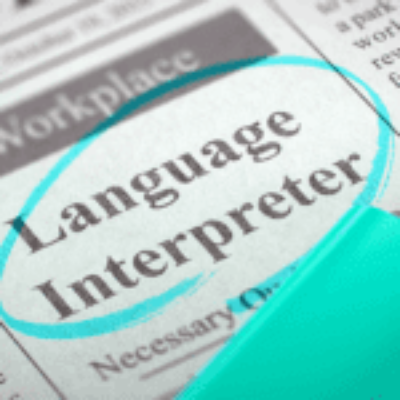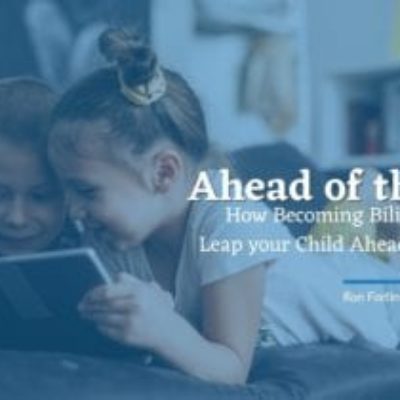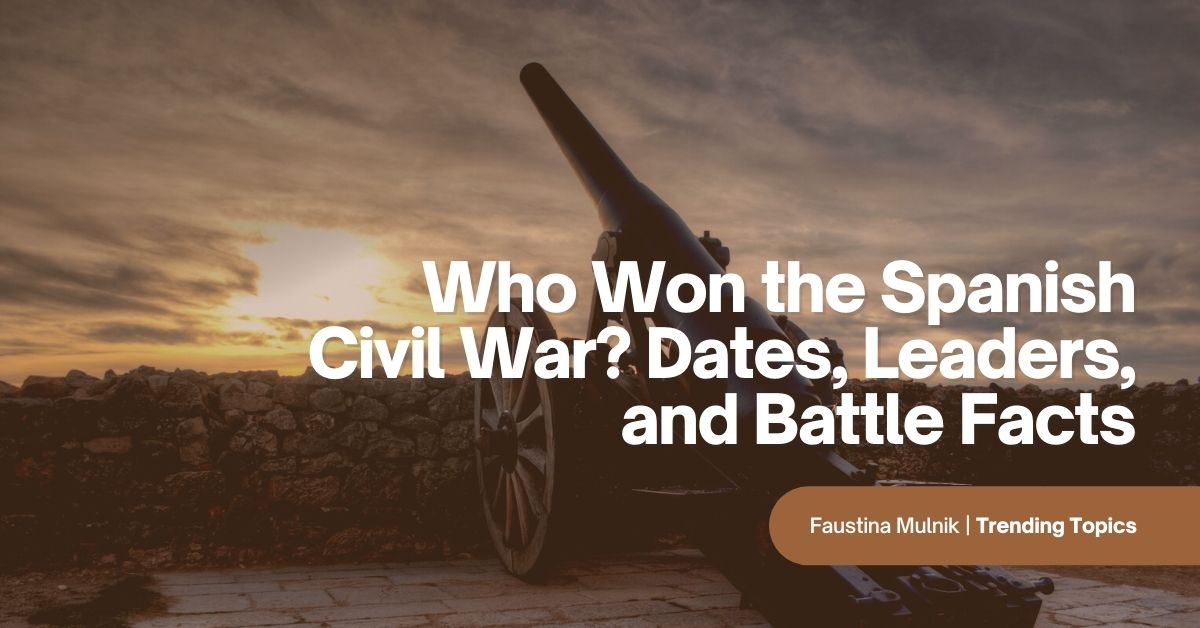
Who Won the Spanish Civil War? Dates, Leaders, and Battle Facts
The Spanish Civil War was a tragic time period filled with loss, chaos, and destruction. This historic event continues to shape Spain and its future with the important lessons that it has to offer.
Dive into Spanish history in this guide that details the civil war’s key players, timeline, and important events. Read on to discover who emerged victorious at the end and how this war impacted Spain’s economy, government, and culture.
Key Players
Every war has two sides and the Spanish Civil War was no different. There were several important Spanish Civil War leaders on both sides.
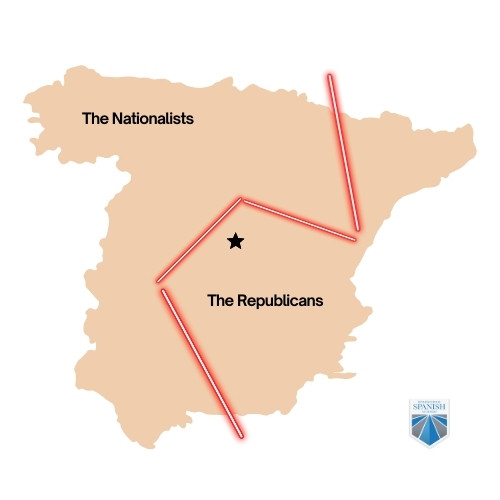
The Nationalists
The Nationalists included the rebel part of the army, the bourgeoisie, the landlords, and, generally, the upper classes. They were united in their shared anti-communist and strong Catholic beliefs. This side was supported by fascist Germany and Italy and was also better armed.
Nationalist Leaders
- José Sanjurjo
- Emilio Mola
- Francisco Franco
- Gonzalo Queipo de Llano
- Juan Yague
- Miguel Cabanellas
The Republicans
The left-sided Republicans were made up of unions, communists, anarchists, workers, and peasants. The party was formed by the Spanish government and received international support from the Soviet Union and the European democracies.
Republican Leaders
- Manuel Azaña
- Francisco Largo Caballero
- Juan Negrín
- Indalecio Prieto
- Vicente Rojo Lluch
- José Miaja
What Caused the Spanish Civil War?
The decade leading up to the Spanish Civil War set the stage. Europe faced the Great Depression of the 1930s and already suffered through the First World War. As a result, all European countries, including Spain, faced economic setbacks.
Spain’s struggle during this time played into its people’s frustrations and desire for change. Although there were two groups in the civil war, their conflict isn’t as simple. People fought over religion, class issues, and various government types vying for control during that time.
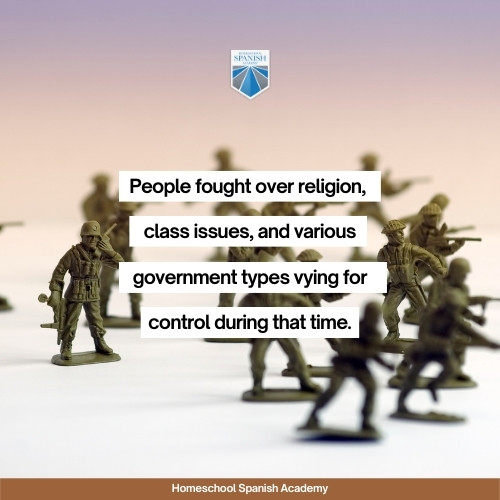
Ultimately, the war officially began in 1936 with a coup d’etat led by General Francisco Franco. The previously democratically elected Republican, Manuel Azaña, was exiled and fled to France while Spain erupted into civil war.
Spanish Civil War Dates
The Spanish Civil War took place between 1936 and 1939. However, the timeline includes dates and events prior to this time period. Even before the war officially started, tension was brewing in Spain.
Timeline
February 16, 1936
Elections are held for the Spanish parliament and a coalition of left-wing political parties, the Popular Front, wins.
March to June 1936
Hundreds of strikes against the Popular Front occur while churches, clubs, and newspaper offices burn.
July 17, 1936
The military rebellion against the Spanish government begins.
July to September 1936
Siege of the Alcazar becomes a highly symbolic Nationalist victory in the opening stages of the war.
November 1936
The First Battle of Madrid occurs as the Nationalists attempt to siege the city.
April 26, 1937
German airplanes bomb the Basque capital of Guernica. The air raid attacked civilians, rather than a military target, and resulted in the destruction of much of the town.
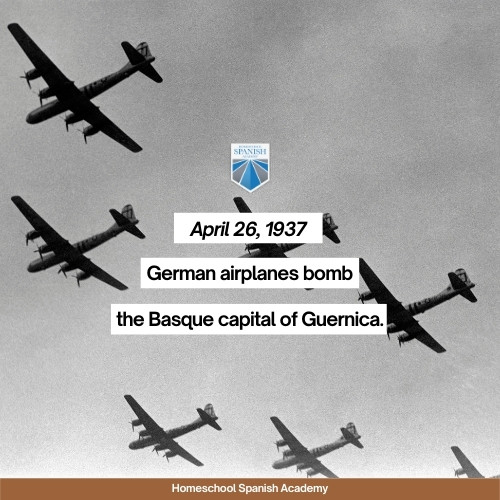
July to November 1938
The Battle of Ebro occurs and becomes the largest and longest battle of the Spanish Civil War.
March 28, 1939
Nationalist troops take Madrid.
April 1, 1939
The Republican army surrenders and General Franco declares the end of the war.
Spanish Civil War Facts
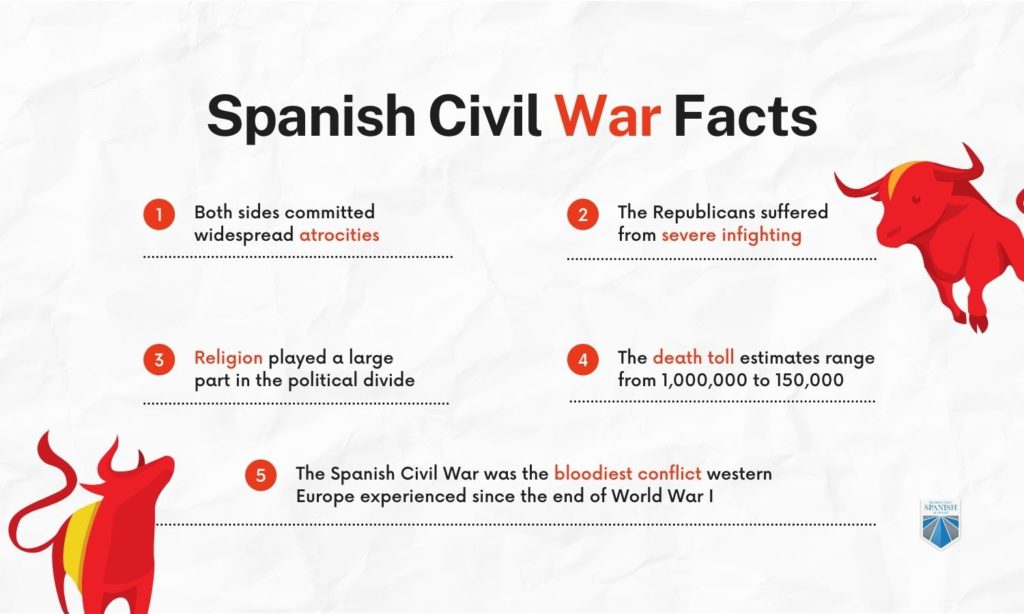
- Both sides committed widespread atrocities
- The Republicans suffered from severe infighting
- Religion played a large part in the political divide
- The death toll estimates range from 1,000,000 to 150,000
- The Spanish Civil War was the bloodiest conflict western Europe experienced since the end of World War I
Who Won the Spanish Civil War?
Ultimately, the Nationalist party achieved victory after capturing Madrid. As a result, a dictatorship ruled the country for nearly 40 years after the war was over. From 1939 until he died in 1975, Francisco Franco ruled over Spain. During Franco’s dictatorship, Spain suffered international isolation until the 1950s.
In 1970, Franco appointed Prince Juan Carlos as his successor to continue as the head of the dictatorship after his death. However, when Franco finally did pass away in 1975, King Juan Carlos I helped Spain return to democracy instead. He initiated the country’s transition to democracy, ending with Spain becoming a constitutional monarchy with an elected parliament. Spain has remained a democracy ever since.
Lasting Effects of the War
The Spanish Civil War didn’t only affect those who fought during it. In fact, the results of the war impacted Spanish life for decades to come.
Human Cost
One of the most obvious effects of the war is the loss of human life. Thousands were killed during the war but even that wasn’t the end. Franco later enacted a terror campaign, known as the “White Terror,” to eradicate any opposition. Another 200,000 – 400,000 Spaniards lost their lives as a result.
Displacement
The war also caused a massive displacement of more than 400,000 people. Thousands of Republicans were held in concentration camps for years, even after the war. Republican children were often taken away from their families to be “re-educated.” Many other Republicans fled the country to escape.
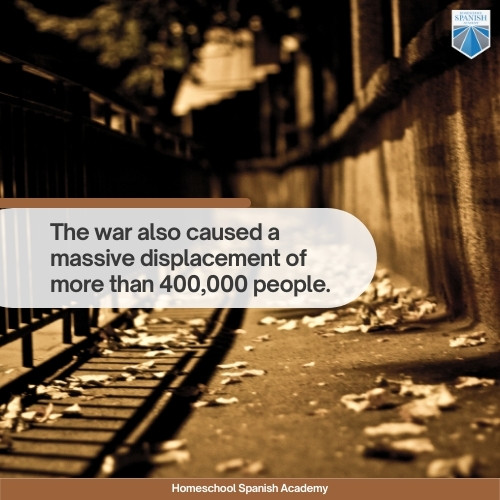
Political Repression
In 1939, the Law of Political Responsibility created harsh punishments for Republicans. They became liable to punishments such as confiscation of land, large fines, and even the death sentence.
Economic Cost
The Spanish economy suffered enormously from the war. The income per capita decreased, the infrastructure needed to be rebuilt, inflation was high, and there was a huge labor shortage.
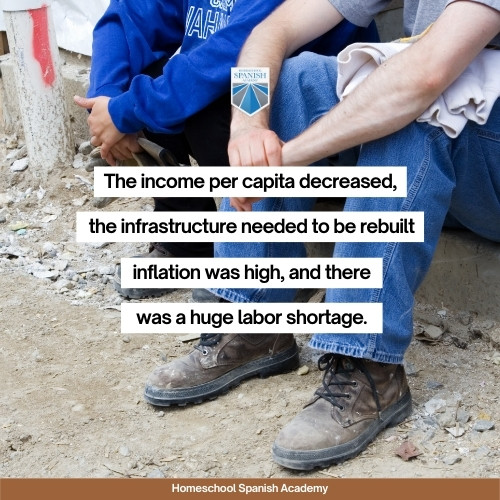
Art and Literature
From Pablo Picasso to Salvador Dalí, the Spanish Civil War inspired some of the most famous artists of history. These two painters created surrealist works of art that represented the horrors and atrocities they witnessed. Meanwhile, famous writers like Ernest Hemingway and George Orwell transformed their war experiences into literary works.
Learn More About Spain’s History
The best way to improve your Spanish history knowledge is by getting the information straight from the source! Picking up Spanish as a second language enables you to travel to Spain and visit its many historic landmarks. Explore all this historic country has to offer by starting your Spanish journey today.
Consistent practice with a native-speaking teacher is the best way to achieve fluency. That’s why homeschool Spanish Academy offers personalized lessons with our certified teachers from Guatemala. We offer flexible scheduling and personalized lesson plans to suit all of your language learning needs. Try out a free class today!

Do you love Hispanic culture? Check out our latest posts!
- Are Bilingual Children More Likely to Experience a Speech or Language Delay?
- Top 10 Places to Visit in Guatemala City, Guatemala
- Learn About Hispanic History: Were Hispanics Slaves?
- Celebrating Culture and Joy: The Magic of Carnival in Spanish-Speaking Countries
- 15 Mouth-Watering National Dishes of Latin America
- Discovering The Mayan Languages
- The 10 Most Common Spanish Surnames in The U.S
- Everything About Mexican Christmas Traditions
- How to Talk About the Temperature in Spanish: Fahrenheit, Celcius, and Descriptions - February 8, 2024
- How To Use the Spanish Verb ‘Parecer’ - February 12, 2023
- How To Write Dates in Spanish - January 28, 2023

